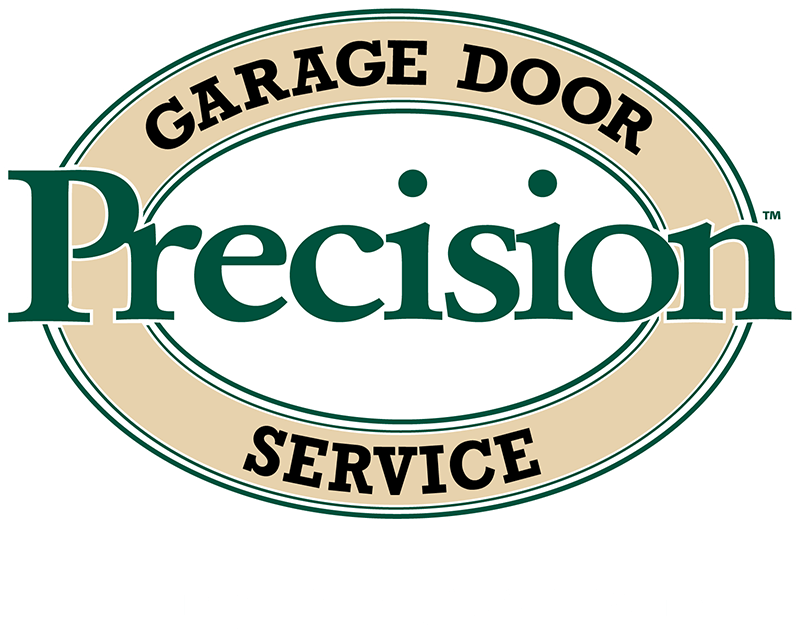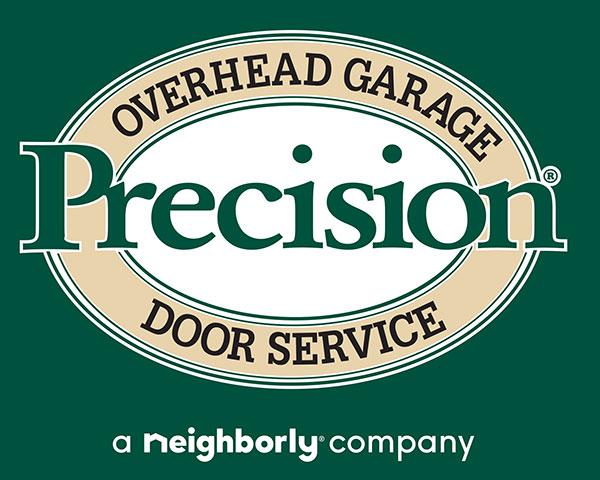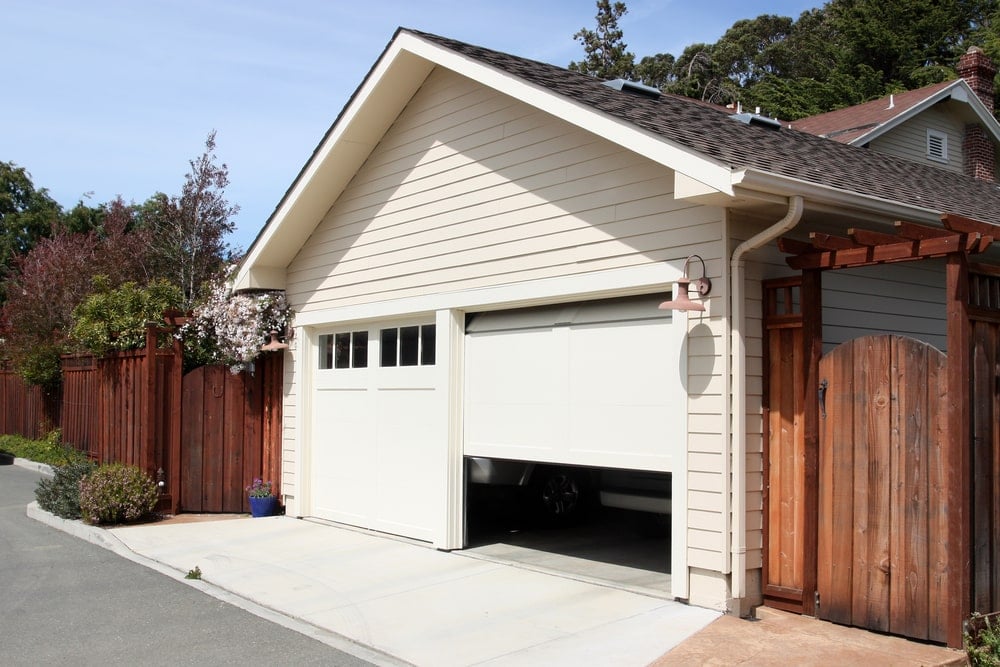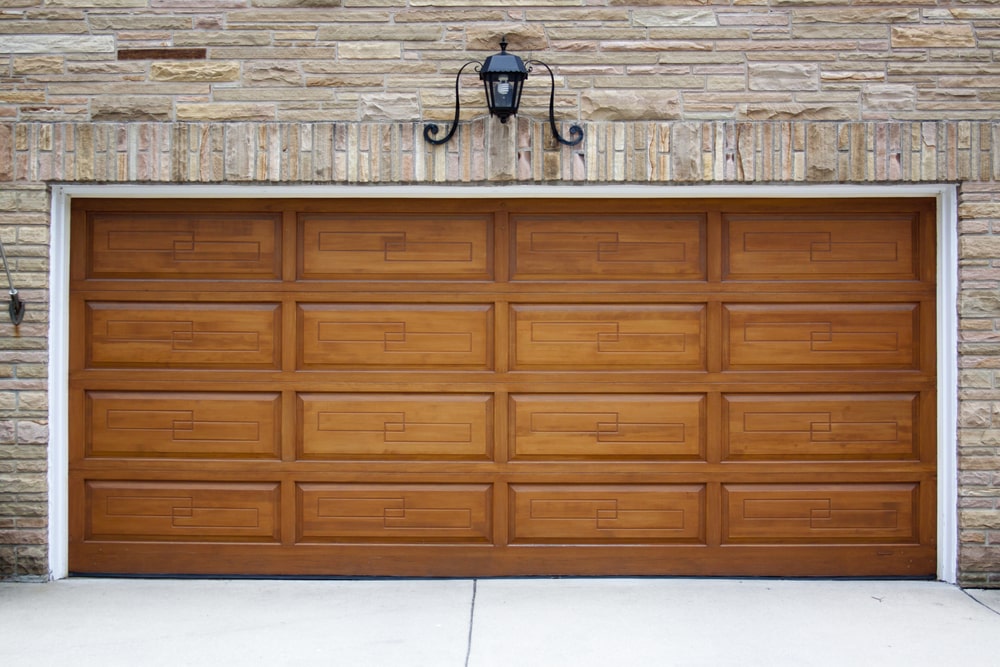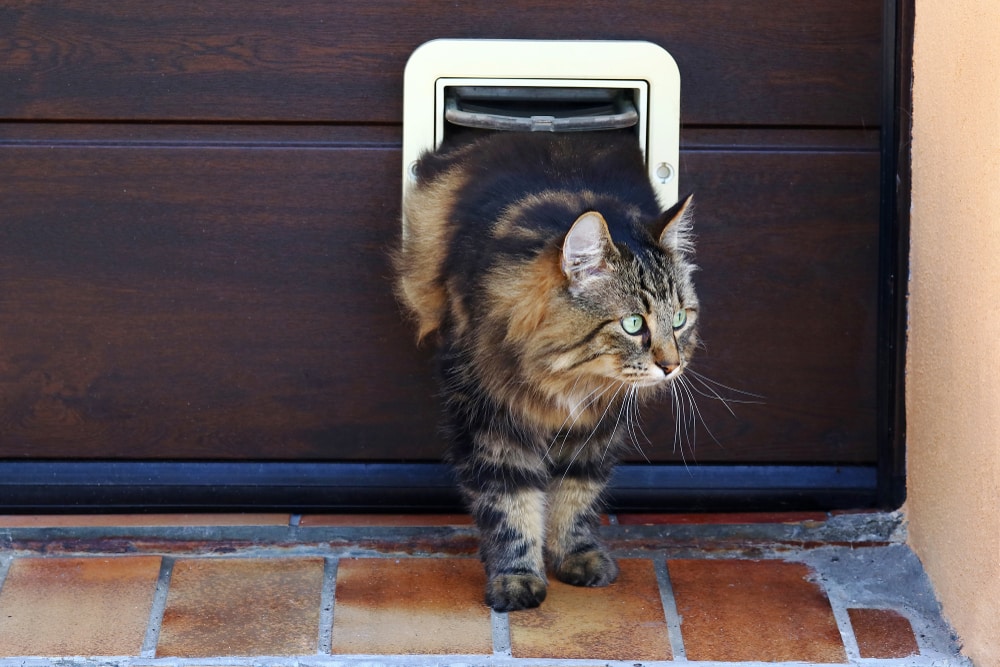
Pet-Friendly Garage Doors and Garage Door Openers
If you have a pet, you know they are great additions to your family. But if you own a home with a garage. The garage doors open and close very quickly, which makes them dangerous for small pets. Plus, they are often located in the part of the home where there is little light and no security cameras. Here is how to make the Fresno garage door opener pet friendly.
Use a Remote Keypad to Operate Your Garage Door Opener
If you have more than one pet in your home and are tired of them getting into the house while you are not there, it’s time for an upgrade. A remote keypad allows you to open your garage door from anywhere in the world.
This allows you to control the garage door opener from inside your home and is an easy way to ensure that your pets are not left alone in the cold. If you do not have a remote, consider an old-fashioned garage door installation of a wall switch in the garage.
Routine Garage Door Opener Maintenance
A malfunctioning garage door opener can kill or cause injuries to your pet. While you may hold the manufacturer liable, it is wise to avert the disaster through regular maintenance. The best way to keep your garage door openers running is to perform routine maintenance.
You should also ensure no wear and tear issues with your garage door opener system. If there is a problem with any part, you will need to replace it immediately because it will eventually lead to severe problems with your garage doors.
Teach Your Dog to Stay Away From the Door
If you have a dog that loves to go outside and bark at strangers, teaching him to stay away from the garage door is a great way to keep him out of trouble. Start by teaching your dog a “stay” command when standing near the door. Then, take him outside and wait until he is quiet. Praise him with a treat and close the door again as long as he stays put. Repeat this process several times a day until you are satisfied with his obedience level.
Install a Garage Pet Door
If you have an existing garage, you can install a pet door on the wall next to it. An animal-safe option with a smooth surface and no sharp edges is essential. You can also use this type of a garage door installation if you have a small dog or cat.
A pet door allows pets to come and go as they please, but it also allows you to control who comes in and out of your home. If you want to keep your furry friends safely inside, install a pet door for your garage.
Keep Your Pet Confined While the Garage Door Is Open
You may be tempted to let your pet out for a walk when you open your garage door. However, this can be dangerous for both you and your pet.
If you have a dog that likes to go outside, you might want to confine it to an enclosed area when the door is open. This gives it time to relax and doesn’t allow it any freedom that would allow it to escape or get into harm’s way. You can use a fence that closes off the entire front of your garage or buy a pet gate that fits in between the door and its frame.
Invest in a Pet-friendly Bottom Seal
Locking the door with a bottom seal will stop any pets from getting into your garage and causing damage to your belongings or home. A good quality bottom seal will prevent any scratches on the wall or floor, which can have severe consequences if it is near any of your furniture or other items inside the garage.
Choose a Durable Garage Door That Does Not Rust or Chip Easily
Durable products like these come at a higher cost than their flimsy counterparts, but they are worth every penny if you have dogs or cats that love nothing more than scratching up the walls of their homes. The best way to ensure that your investment lasts is by purchasing something made from steel rather than plastic, which keeps pets out and prevents them from damaging anything inside.
Find a Tolerable Noise Level
You may have an issue with your garage door if you have a small dog. If the door is too loud, your pet will start barking at it, making you feel like you’re in the middle of a war zone. This is why it’s essential to find a tolerable noise level for your pet and stick with it. Here are some tips to help you keep things quiet:
Make sure that your garage door is well-maintained and in good working order. If you don’t do this yourself, hire someone who does. You want to ensure your door works consistently and doesn’t get stuck or jam when closed.
Use a Pet Flap
These gates open outward instead of inward, allowing pets access without jumping over obstacles. They’re made of durable plastic, so they don’t rust or rot over time, and they come in all different sizes and shapes, so they will fit in any space where you want them installed. Some even come with built-in shelves so that you can use them as additional storage space.
Check the Reverse System
Your garage may have a reverse system that allows you to open your garage door from inside if the power goes out. Ensure the springs are installed correctly in their tracks and do not need adjustment. Also, check the rollers and bushings to ensure they are working correctly. If there’s any indication that one of these components is not working properly, do garage door repair before they cause injury to your pet.
Top Your Garage With a Deck
If your garage is too small to accommodate a full-size dog, consider using a deck to keep your pet safe and secure. The ideal size would be large enough for the dog to stretch out, turn around, and even lie down. A deck also allows you to add a ramp or steps if needed. If your garage is not fully enclosed, you could add a second story by adding an overhang to the structure.
Install a Garage Door Sensor
A garage door sensor is a device that detects when the door is open and closes it automatically. This can save you time, energy, and money. The sensors are usually battery-powered, but some require an electrical outlet for power.
A garage door sensor will alert your phone or tablet when the door is open. This can help you keep track of your pets by letting you know when they are outside and when they are inside and safe.
Do Not Tie Your Pet to Your Garage Door
Tying your pet to the door can cause injury. If you cannot leash pets, secure them with a pen or roomy crate. If you use a leash, ensure it is long enough so the animal is not straining and pulling too hard on it.
Detect Pet Traffic
To make your garage door pet-friendly, you will need to detect pet traffic with a sensor that senses when a dog or cat is near the door. There are several types of sensors on the market, including infrared technology and ultrasonic sensors.
Infrared sensors send invisible beams of infrared light that bounce off objects and back to a receiver. These sensors work best in dark rooms, whereas ultrasonic sensors emit high-frequency sound waves that can help the presence of a pet.
